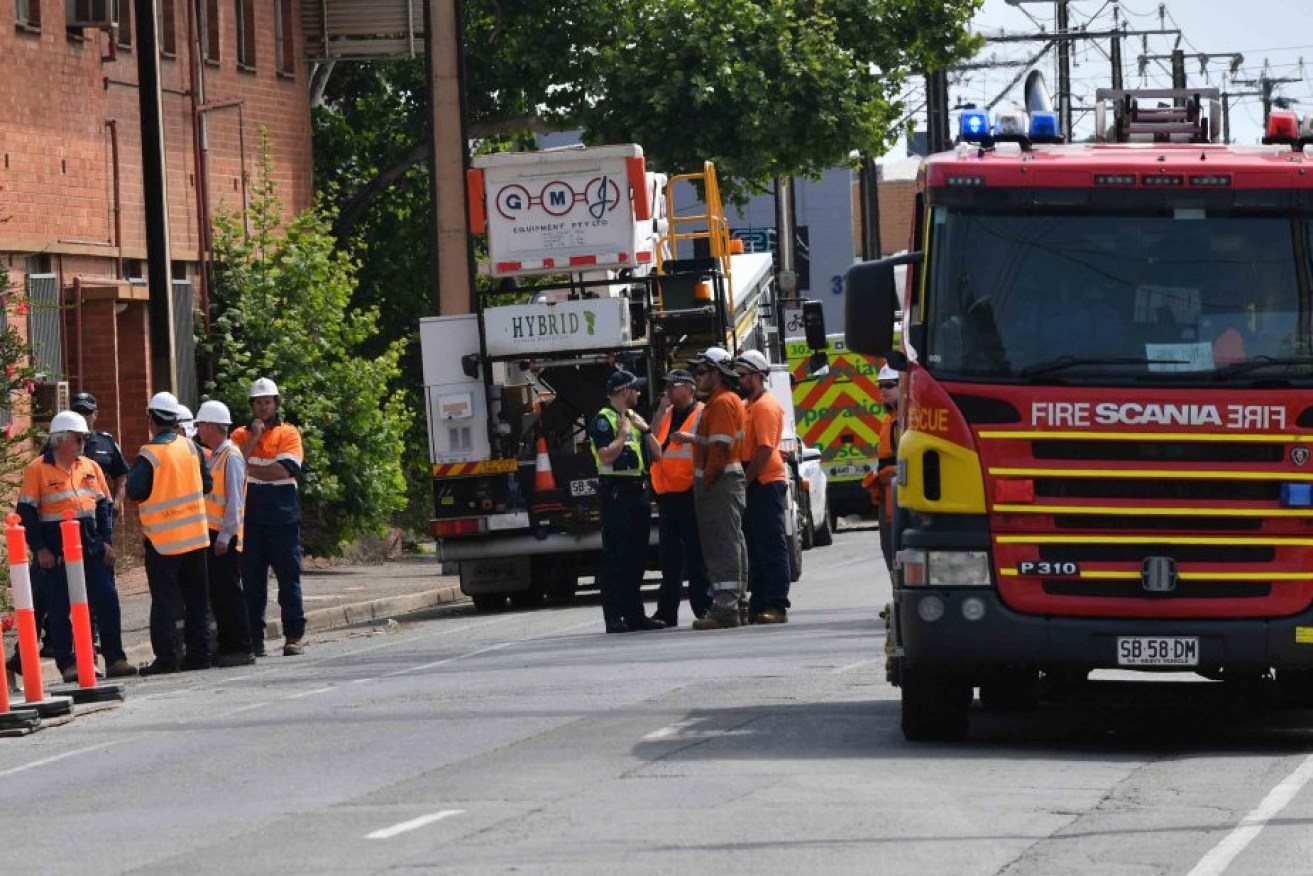Govt taskforce to report on using MFS to ease ambulance pressure
Premier Peter Malinauskas has set up a taskforce to consider whether firefighters could help relieve pressure on the state’s overstretched ambulance service, but union bosses say more training is needed for that to take place.

File photo: AAP/David Mariuz
It comes after a 47-year-old father died in a car park at Plympton on Monday night after calling triple zero for help with chest pain and waiting 42 minutes for an ambulance, during a day of extreme pressure and ramping.
The government yesterday announced a “thorough investigation” would take place into the circumstances of the man’s death while they searched for short-term fixes to avoid another such tragedy.
Malinauskas told reporters this afternoon that he had asked for a taskforce to be set up “at haste” to examine whether the SA Ambulance Service could draw on the resources of the Metropolitan Fire Service (MFS) when responding to callouts.
He said the taskforce would comprise SA Ambulance Service CEO Rob Elliott and MFS chief officer Michael Morgan, and would be tasked with analysing “what all the options are and what can be done”.
“This is a complex exercise because the last thing we want to do is rush towards a solution which might sound great on paper, but actually has unintended consequences in terms of the safety of that delivery,” he said.
“Nonetheless, it’s an idea worthy of thorough investigation.
“The question is what more can be done in a way that doesn’t compromise the MFS doing what is already a very important job, but also not compromising the outcome for patients.
“That’s the balance we’ve got to seek here.”
United Firefighters Union SA secretary Max Adlam told InDaily the MFS was already increasingly being asked to assist with ambulance callouts, but it was currently happening on an “ad hoc basis”.
She said while firefighters were happy to assist, they were concerned that their level of first aid training was insufficient to help patients, especially if they were the first to arrive on scene.
“Make no mistake – this is already happening,” she said.
“Our people are really concerned because there has been a huge escalation in that occurring.
“We estimate it’s gone up something like 60 per cent in the last 12 months – the numbers of ambulance assist calls that have been put through.”
Adlam said while firefighters had senior first aid certificates, but they were unable to deal with the “clinical complexity” involved in some cases.
She called on the SA Ambulance Service to provide training to firefighters in the event that a partnership is formalised.
“Often they (firefighters) are racing to these cases not knowing what they’ll be confronted with, not being prepared in some cases without the proper equipment in the trucks or in their kits,” she said.
“Their first aid training is currently provided by a private provider and they learn about things like spider bites and snake bites and I heard this morning even octopus bites.
“There’s a lot of in-house stuff that the paramedics know that they might request of our people and they don’t know it.”
SA Ambulance Employees Association secretary Leah Watkins told InDaily she welcomed the establishment of the taskforce, saying there had already been a “slow, steady reliance” on the MFS to assist with ambulance callouts over the past few years.
She said there would be “significant benefits” if firefighters were called to assist with all priority one callouts involving cardiac arrest.
“I imagine it would be a relatively easy extension of how our members work with MFS already in their line of work across a number of types of jobs,” she said.
“I think anything that gets a defibrillator and someone that is able to do CPR to someone in cardiac arrest as quickly as possible is a fantastic thing and would provide an improved chance to those who suffer an out-of-hospital cardiac arrest.”
SA Health’s Emergency Department dashboard showed at 2.30 this afternoon, Flinders Medical Centre, Noarlunga Hospital, The Queen Elizabeth Hospital and the Women’s and Children’s Hospital were all at “code white”, meaning they had all of their treatment spaces being used.
Metropolitan Adelaide hospitals have a combined capacity of 265 emergency department beds, but at 2.30, the dashboard showed 252 patients had commenced treatment while another 76 were waiting to be seen.
Malinauskas said the government was “ahead of schedule” in regards to its election promise to help put an end to ambulance ramping.
“We have got a very big policy and a very big investment that is all about boosting the ambulance service’s resources, mitigating the risk of ramping, all orientated towards getting ambulances rolling up on time,” he said.
“But that program obviously takes time to roll out, (it) obviously takes time to train up ambulance officers and the like.
“We’re on track – we’re actually ahead of schedule in many respects – but in interim, all options should be on the table and that’s why I’ve established this taskforce this morning to put that work in place.”




